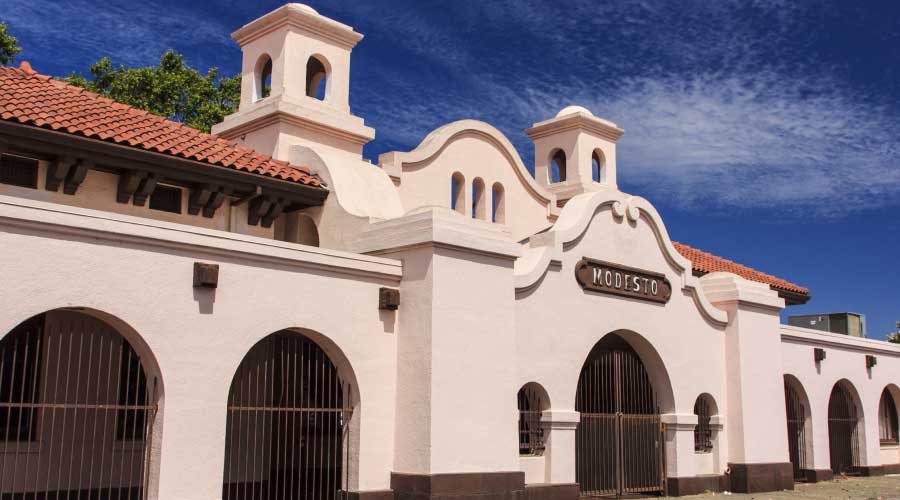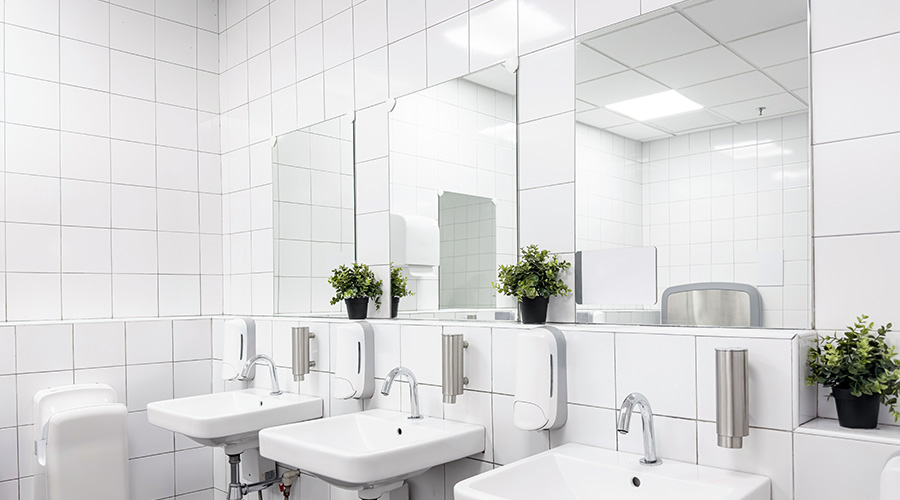Plumbing Codes, Technologies, And Rating Systems Are Driving Water Efficiency In Restrooms
Restroom design, plumbing, and water efficiency are areas of rapid change. New codes, technologies, and rating systems are having their impact, but these changes are now addressing all areas of water use in a facility.
Laundry, kitchen, cooling towers, landscape, and the use of alternate sources of water are being increasingly scrutinized. New technology and new ways to measure and analyze data are also becoming more prevalent. From EPA's WaterSense and Portfolio Manager to LEED v4, facility managers have more options than ever before for benchmarking, gathering data about, and then reducing water use, both inside the restroom and everywhere else water is used in a facility.
Facility managers should familiarize themselves with the current state of the industry in terms of new and updated water efficiency, plumbing, and restroom design initiatives, as well as examine the other areas where new developments are saving water. This includes new LEED-EBOM Version 4 requirements for water, which are more stringent than previous versions. Additionally, new federal initiatives and new studies on water use give facility managers more resources than ever before.
Stronger LEED
Water standards in LEED have undergone a complete transition. They used to concentrate on plumbing and landscape, but the newest version, released November 2013, covers all types of water use. In addition, specific considerations has been given to the type of facility, including existing building, data centers, warehouses and distribution centers, hospitality facilities, healthcare facilities, and schools. For existing buildings, water credits have been expanded to a total of 12 points for all of the above categories. (See "Summary of Water Efficiency Points in LEED v4" on page 42 for a breakdown of the potential points for water.)
In addition to the 12 water points, the Sustainable Sites category of LEED has three credits for rainwater harvesting and a point for landscape improvements related to stormwater and similar factors. This brings the total water-related points to 16. The water points now cover all types of water use. For example, healthcare has sections on sterilizers, X-ray film processors, reverse osmosis units, and similar equipment. One excellent example of this is how LEED v4 addresses water use where commercial kitchens are present. LEED v4 represents a significant departure from prior LEED products. It addresses all types of water use within facilities and offers credits for capturing and reusing onsite water sources.
Summary Of Water Efficiency Points In LEED v4 |
| Water Efficiency | Description | Maximum Points |
| Prerequisite 1 | Indoor Water Use Reduction | Required |
| Prerequisite 2 | Building-Level Water Metering | Required |
| Credit 1 | Outdoor Water Use Reduction | 2 |
| Credit 2 | Indoor Water Use Reduction | 5 |
| Credit 3 | Cooling Tower Water Use | 3 |
| Credit 4 | Water Metering | 2 |
| Total Possible Points | 12 |
Related Topics:













